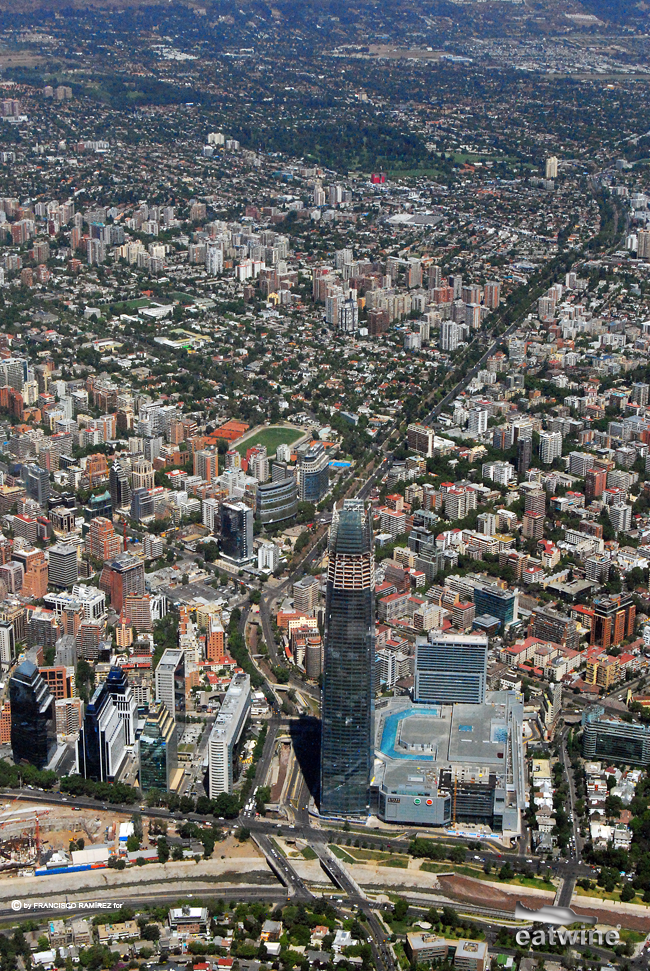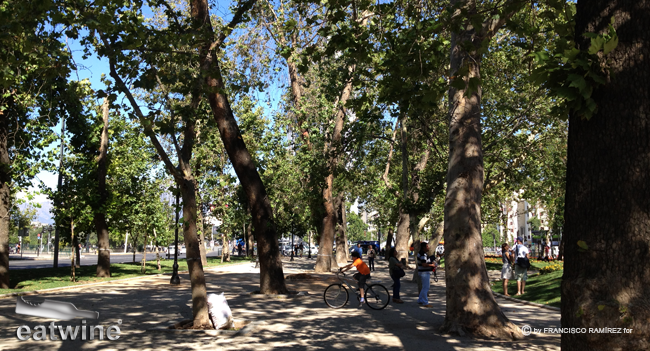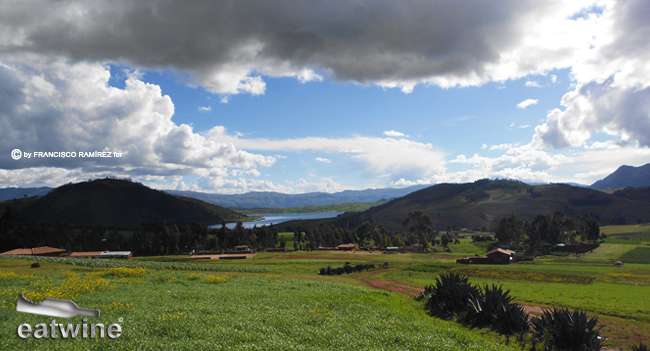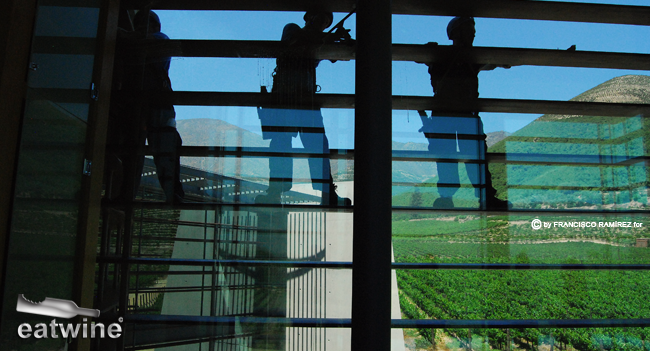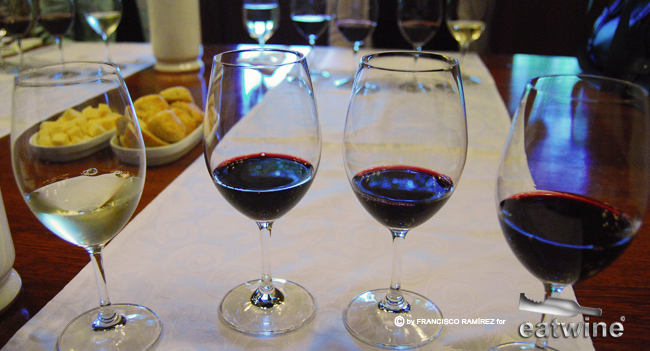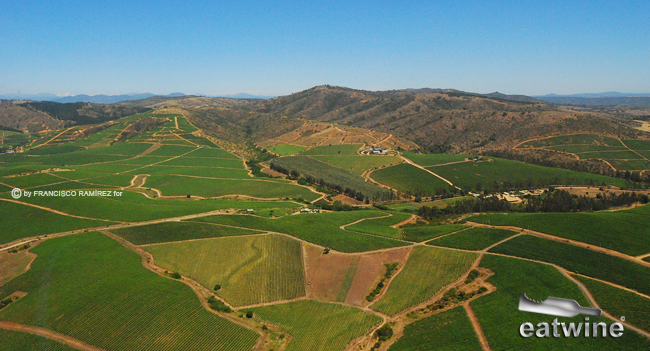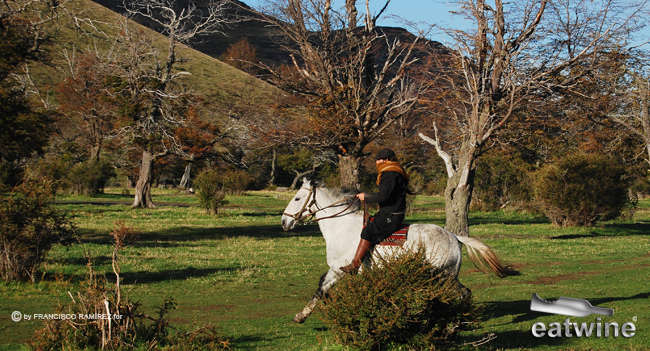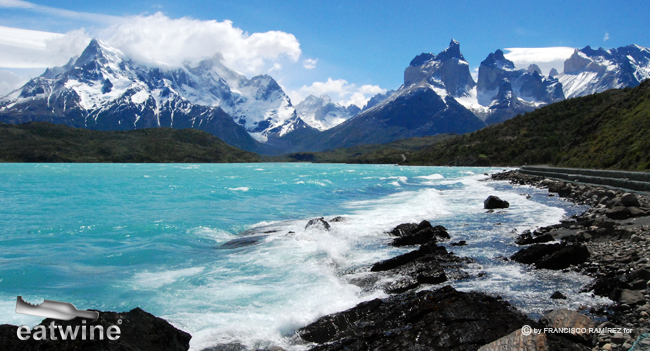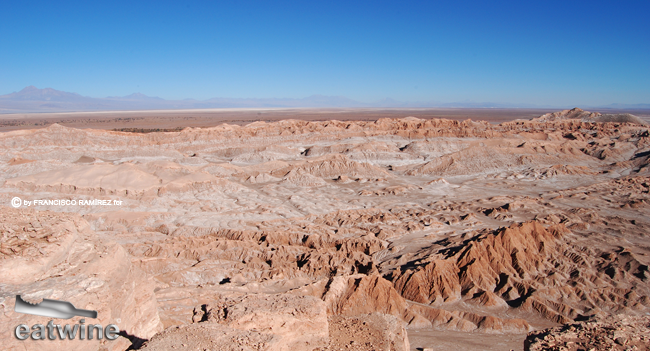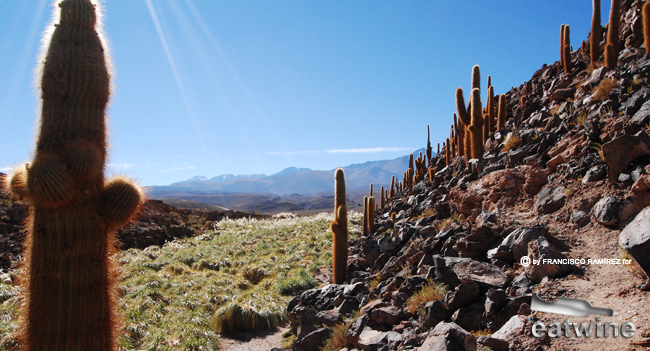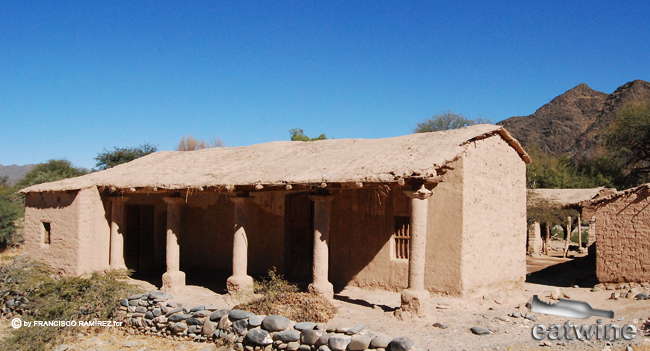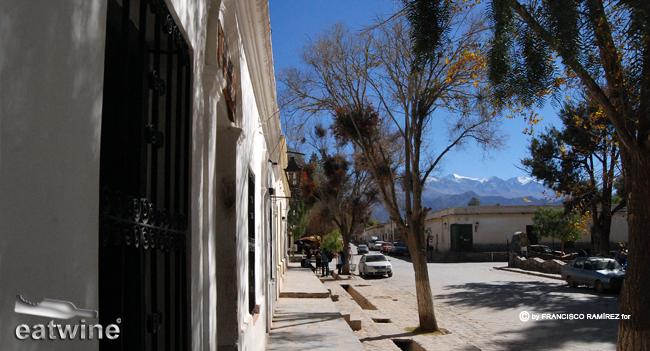Yesterday evening, I needed to blow off steam from the office and went out for my favorite vuelta, walk, around Parque Forestal from the Fine Arts museum to Plaza Italia and back. Earlier that afternoon, it had been an infierno outside but now, as the golden sun sank into the western horizon, a coolish breeze tickled my bare arms and shoulders, making me shiver for a moment. That same breeze rustled the leaves of the many plátano orientales, now changing from green to gold and rust-colored. Even with the heat of late February, well, almost March, nature is giving her subtle clues that early fall is upon us.
Fall in South America is such a beautiful season–and it’s also incredibly diverse, depending on the destination. I find many people still find it hard to envision that our seasons are exactly opposite the northern hemisphere. So as many of you northerners shift into spring, I wanted to round up this short list of top fall destinations in these latitudes. I will be visiting several of these in March and April. Damn that little old travel bug, bit again.
Sacred Valley, Peru: Rainy season descends upon the Andean highlands in the Cusco province from December to March but in April, the rains subside and the refreshed countryside is a vibrant tapestry of verdant patchwork fields dotted with flowers blooming with the new crops of potatoes and fava beans. Always in the distance, the Andes gleam, almost blindingly, with fresh layers of snow on their highest chiseled peaks. As fall wears on, the colors begin to mellow to shades of gold, orange, and muted green with abundant sunshine and cold nights. Fall is also the time when ceremonial celebrations like the Pachamanca, are held, a type of Incan Thanksgiving among the traditional villages after the harvest of many native tubers from potatoes to oca and ulloco.
Vendimia in Chile & Mendoza: Vendimia is now underway in Mendoza and this coming weekend, the annual Festival de la Vendimia, Harvest Festival, kicks off the festivities (think of a Miss America pageant with serious grape stomping!). Harvest is actually incredibly long in Chile given that the twelve-odd valleys are stretched out over nearly 1,200 kilometers from north to south. While Sauvignon Blanc and Pinot Noir may be staging to be picked, stragglers like Carmenere, Syrah won’t be coming in until May—and even early June depending on the valley and altitude. Mendoza also has a prolonged harvest extending well into late April with cooler area Malbec being the last to make it to the tank. What does this all mean? That March to May are a true celebration of grape harvest across the region and as wine lovers, you can follow the process, and life, of wine first hand, from vineyard to tank to barrel.
Fall in Patagonia: Technically shoulder season in Chilean Patagonia, I love the weather in March to May when the blustery winds finally die down—all things being relative, of course. Patagonia is not an icy, year-round tundra, quite the contrary. There’s a clear change of seasons in the foliage and snow can even fall. I love hiking or saddling up to ride among bursts of crimson red leaves changing and swathes of mustard yellow. Patagonian weather is always unstable but with lessened winds, harrowing treks out to the Torres del Paine more accessible. Best of all, we love an afternoon to snuggle up and watch the snow come down with a glass of Pinot Noir.
San Pedro de Atacama: Up in Chile’s extreme north, San Pedro has had some wonky weather this summer with unprecedented rainfall (in a desert drier than Mars) but this fall, things are getting back to normal. Besides the lunar landscape and chance to immerse in Andean (Aymara) culture, San Pedro is a sun-kissed oasis of warm days into the high 70s with humidity hovering around 9%. While the change of seasons here is not as visible, at night, the temperature starts to lower into the low 50s/high 40s, making it ideal to bundle up under a thick alpaca blanket and engage in our favorite nighttime pursuit—stargazing with wine glass in hand.
Salta: Most people are not aware but Salta’s “low” season is during the South American summer (December-March). During this time of year, they experience what is locally called the Invierno Boliviano, a confusing term since it really coincides with summer. This weather phenomenon brings heavy precipitations to the Northern Andes and altiplano, caused by air masses descending from the Amazon during its rainy season. Given that this is the majority of rain these regions receive during the year, flash flooding is commonplace and many roads get completely washed out—for days. Want to transit mountain dirt roads that become slippery and “soapy” when a rain storm comes out of nowhere? You’ll need a 4×4, good driver, and serious sense of adventure and bravery. Otherwise, maybe just wait until things dry out in April when the gorgeous sun-drenched climate returns and you can head to sip wines in Cafayate or cross over Cuesta del Obispo to charismatic Cachi.

